How to steam an oak broom for a bath?

The aroma of a steamed oak broom creates a special atmosphere in the steam room, bringing into it subtle notes of fresh forest. The subtle scent of moist oak leaves has a beneficial effect on the respiratory system, soothes and relaxes. In the article, we will consider what recommendations and rules should be followed in order to properly steam an oak broom for a bath.
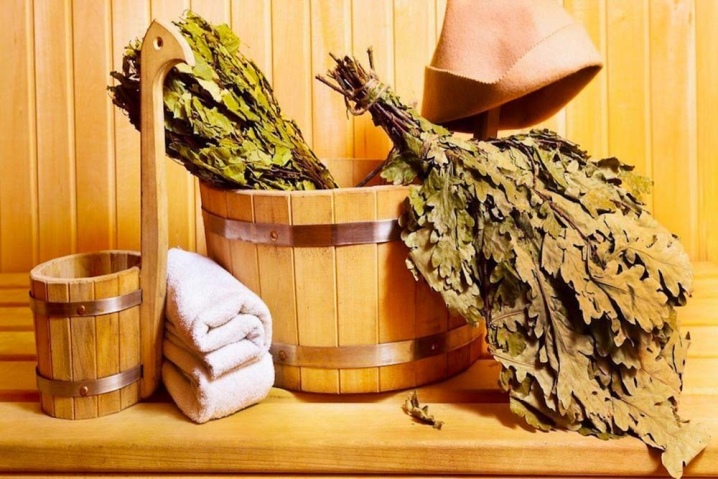
Fundamental rules
To get the maximum pleasure and benefit from visiting the steam room, you must adhere to simple rules both at the stage of choosing an oak broom and when steaming it.
You should not use brooms with dead, yellowed foliage, with brittle, thick and rough branches sticking out in different directions for bathing procedures.
If there are traces of mold on the foliage, fragments of cobwebs or putrefactive decomposition, this indicates that the broom was dried and stored incorrectly. It is strongly discouraged to use it for bath procedures. A good oak broom usually consists of young, relatively thin branches, abundantly covered with dry green (or gray-green) leaves with a matte surface. When shaking the broom, the leaves should not massively crumble from the branches. The most preferred leaf sizes are medium (about 7-9 centimeters).

The broom, collected from fresh oak branches, is not steamed. It is enough just to rinse it in running water and scald it with boiling water just before visiting the steam room.
Before steaming, a dry broom must also be rinsed in running water, thoroughly cleaned of dust and small debris. During the steaming process, you must carefully ensure that the leaves do not get wet. Otherwise, having absorbed an excess amount of water, the leaves will begin to separate from the branches under the weight of their own weight.
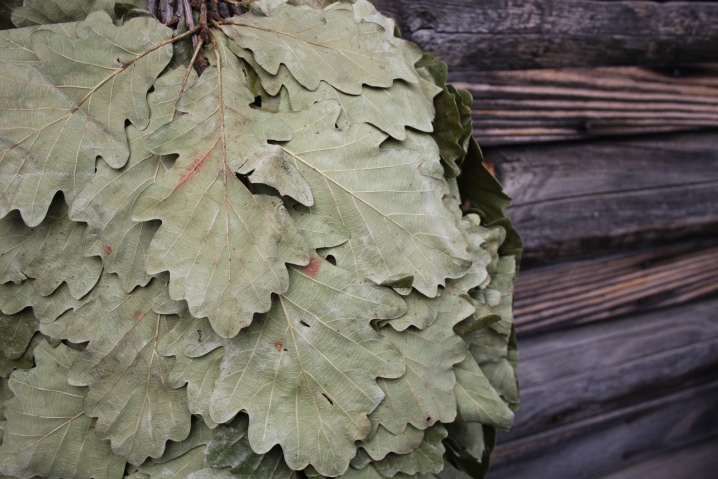
The temperature of the steaming water is usually determined based on the freshness of the oak branches and foliage. So, experienced bath attendants soak branches with very dry leaves in warm water for a short time, and then heat them over a hot stove for 1-1.5 minutes. Brooms with elastic branches and firmly sitting leaves are usually steamed in very hot water for a few minutes.
Experienced bath attendants do not recommend draining the water remaining after steaming.
By itself, it is a useful herbal infusion containing tannins, flavonoids, antibacterial components of natural origin. Rinsing with this infusion has a beneficial effect on skin prone to excessive sebum secretion. In addition, this infusion strengthens the hair roots, eliminates dandruff, promotes healing of minor skin lesions and eliminates inflammation.
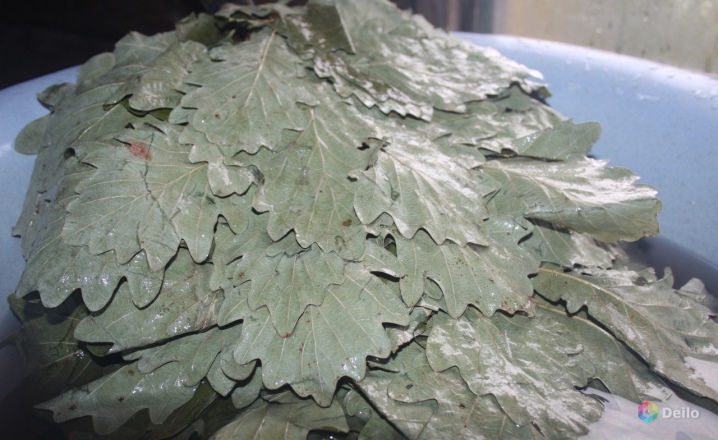
It is important to note that some people may experience an allergic reaction upon contact with an oak broom.
This phenomenon, although rare, still occurs - mainly among the owners of sensitive and very delicate skin. For this reason, it is worth making sure in advance that there are no negative immune reactions to oak leaves and branches. The main signs of allergies are:
- redness of the skin at the site of contact;
- lacrimation;
- skin rash.


Steaming methods
There are many ways to steam an oak broom for bathing procedures. Each of them has its own characteristics.
- Basic. This method is used by most fans of bath procedures using an oak broom.This method provides for steaming only a well-dried, durable broom made of resilient oak branches with abundant foliage. Initially, it is placed in a bucket of clean cold water for half an hour, after which it is transferred to a basin with hot (but not boiling) water for 5 minutes. It is important to use a broom steamed in this way for bath procedures until it has cooled down. Cold oak branches lose their aroma and firmness.
- Long. This method is usually used to soak very dry oak brooms, which begin to crumble under the influence of boiling water. They are soaked for 10-12 hours in cool clean water until the foliage is completely softened. In this case, additional processing of the broom in hot water is not required.
- Express steaming. This method is usually resorted to in conditions of an acute shortage of time, when no more than 20-30 minutes remain before visiting the bath (steam room). In this case, a dry bath broom is placed in an enamel basin, poured with boiling water and covered with a lid or metal container of the same diameter. The broom should be kept in boiling water for 10-15 minutes, after which it should be used for its intended purpose.
- Express steaming in the steam room. This method is often used to steam very dry and brittle oak brooms. This procedure is performed directly in the steam room of an already melted bath. In advance, in the steam room, prepare a basin with cool clean water, where the broom is immersed for 1-2 minutes. Then the broom is moved towards the hot stove stones, keeping it above them for 1-1.5 minutes. During this time, drops of cold water falling from the foliage onto the hot stones will turn into steam, so that the broom will quickly soften and become suitable for use.
- Popular. This method is used for steaming hard oak brooms with strong foliage. They are steamed several times, periodically changing the water. The first time they are steamed with boiling water, the second and third - with hot, but not boiling water. The entire procedure usually takes no more than 40-45 minutes.
- Classical. This method is considered a little time consuming, but it is he who allows you to get a perfectly steamed, soft and fragrant oak broom as a result. To do this, soak a dry broom for 8-10 hours in water at room temperature, then wrap it in damp gauze and place it on the uppermost shelf in a heated steam room. After 10-15 minutes, it can be used for bath procedures.
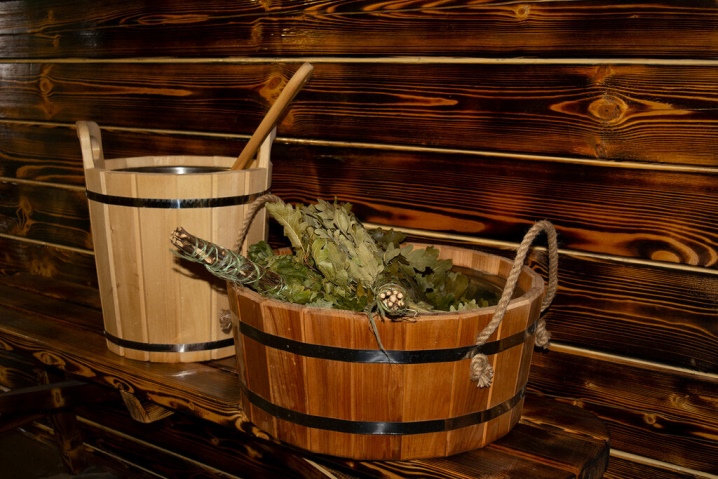
Signs that the broom is ready to use are:
- straightened, moist and shiny leaves;
- elastic branches that do not break when bent;
- tart and fresh herbaceous aroma.
A properly steamed broom, after 2-3 shakes, takes on a voluminous shape and shines. After proper steaming, its branches straighten out, and the foliage becomes glossy, fragrant and fresh.
Slight leaf fall after shaking is not considered critical.
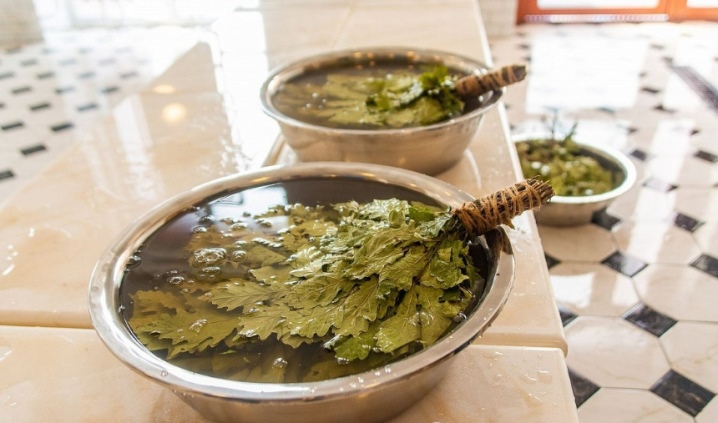
Recommendations
Some bath attendants add a few drops of essential oil (fir, cedar, eucalyptus, citrus) to the water for steaming an oak broom. This technique allows not only to disinfect oak branches and leaves, but also to fill the space of the steam room with bright and fresh aromas. Besides, the esters contained in the oils soften the natural hardness of oak leaves and branches.
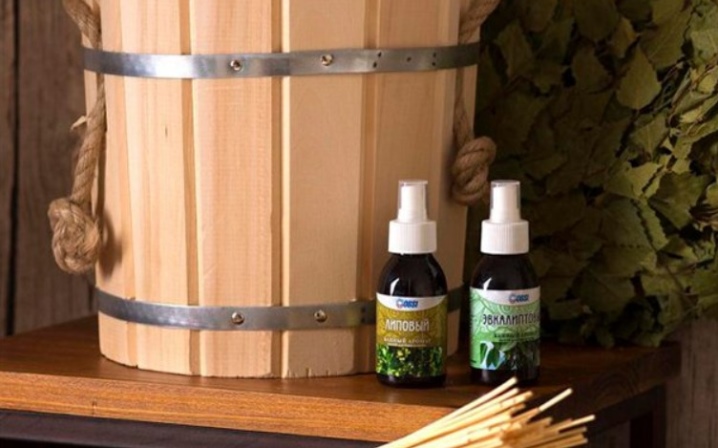
Another original and very popular method of steaming an oak broom involves the use of herbal decoctions. So, a dry broom of young oak branches is often soaked or steamed in a decoction of oregano, nettle, string, chamomile, calendula, sage. It is often used to prepare a steaming decoction and a mixture of medicinal herbs. It can be brewed both for steaming the broom and for preparing water for rinsing after the steam room.
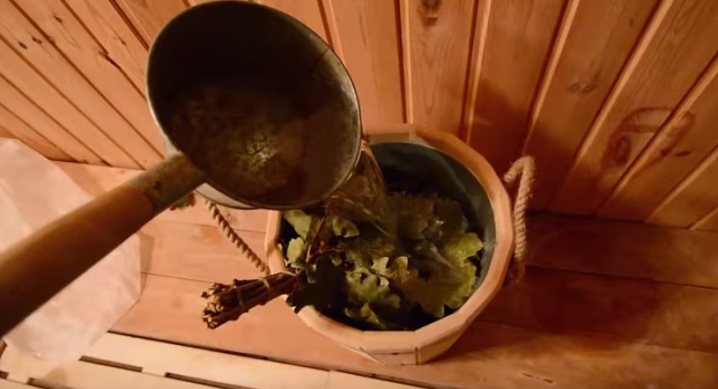
Experienced bath attendants recommend not to immediately start working with a steamed oak broom, so as not to damage the skin.
Oak branches are considered very tough and durable, so even after steaming, they may not acquire the desired flexibility and softness. To check the degree of steaming of an oak broom, it is recommended to apply several light, tapping blows to them in the area of the wrist joint. (from the back). If only a slight redness remains on the skin due to blood flow, and the blow itself is soft and slightly tickling, this indicates that the broom is completely ready to use. If small scratches and traces of damage remain on the skin, it is worth repeating the steaming procedure again.
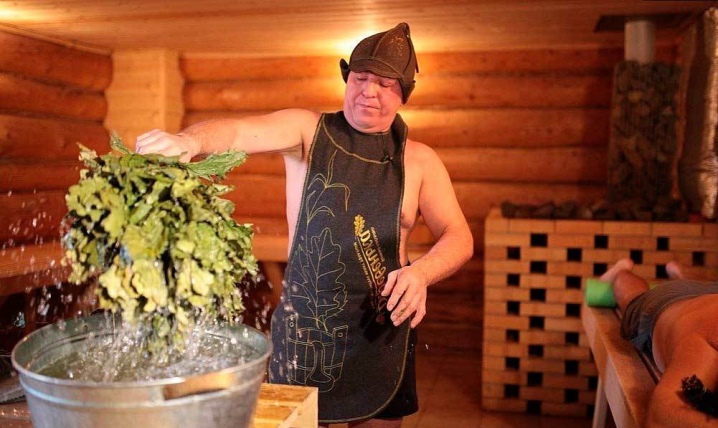
The following video clearly demonstrates the process of steaming an oak broom for a bath.





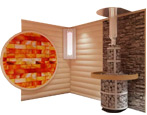





















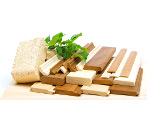


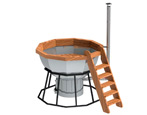
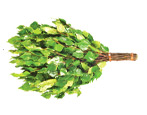
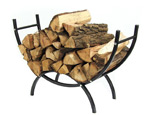
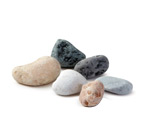
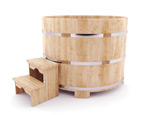
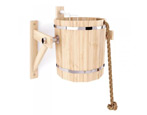
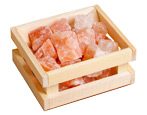

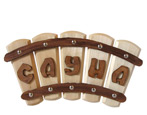


























































The comment was sent successfully.